Seven Steps.
One Outcome:
Realized Value.
Our process starts with perspective: seeing clearly what others overlook. Then it moves—fast. Each of our seven steps is structured to eliminate guesswork, elevate supplier competition, and deliver measurable value that hits the P&L.
This isn’t process for process’ sake. It’s disciplined execution, designed to challenge legacy assumptions, remove emotion from decision-making, and hardwire strategic sourcing into your business.

Supplier Research
We begin by conducting deep industry and market research to build a robust, qualified supplier database tailored to your category and goals. This goes well beyond your current supplier base. During this pre-qualification stage, we assess capabilities, cost structures, industry-specific challenges, and production capacity. The result is an expanded supplier landscape that reveals overlooked opportunities, sets true industry benchmarks, and creates competitive leverage that traditional approaches miss.
Why it matters
Result
RFP Development
Why it matters
Result
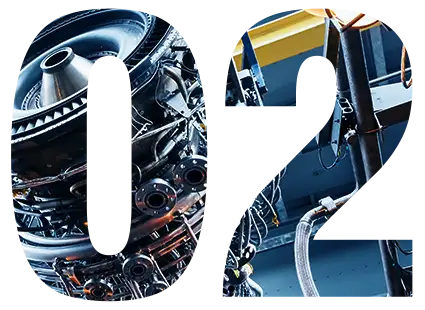
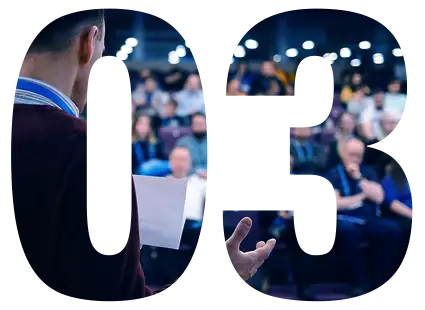
Supplier Conference
Why it matters
Result
RFP Analysis
We evaluate supplier responses using structured scoring frameworks and savings analyses to create a clear view of market opportunity and savings potential. By normalizing inputs across materials, overhead, and commercial terms, we enable apples-to-apples comparisons and expose meaningful differences between suppliers. This analysis removes emotion from the process, highlights potential suppliers and, and surfaces untapped value others miss.
Why it matters
Result
A clear market view, a prioritized supplier shortlist, and a confident foundation for further analysis.
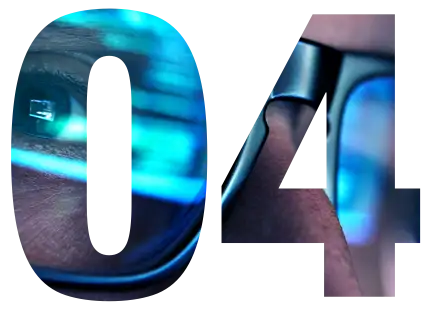
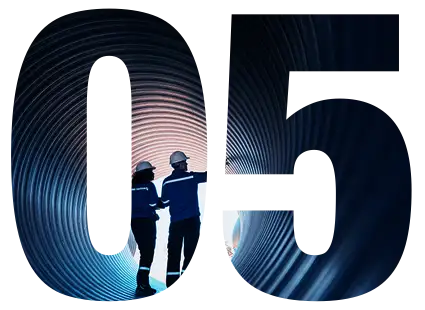
Supplier Site Visits
Why it matters
A supplier might look great on paper, but only a visit can reveal what they can actually deliver. Site validation reduces risk and sharpens your decision-making.
Result
Negotiations
We lead structured, data-backed negotiations that turn supplier insights into best-and-final offers. Our approach optimizes both price and non-price terms—including service levels, timelines, and warranty accountability—while maintaining goodwill. By anchoring discussions in fact, not fiction, we protect relationships, align incentives, and secure outcomes you can measure and manage.
Why it matters
Result
Final offers that maximize value, mitigate risk, and strengthen supplier partnerships—without compromising future collaboration.

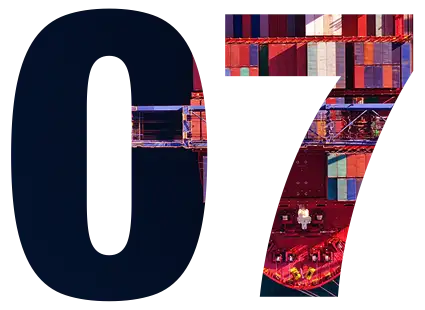
Supplier Selection
Why it matters
Result
Realization
After the team makes its selections, the realization process begins. Claudia stays engaged through execution, helping you create a cross-functional team of your own experts—and working alongside them to ensure realization. Our senior team supports implementation with the same discipline we apply to our 7-step process, staying hands-on until you see the savings realized.
We share our experiences and educate your team to establish the processes you need to sustain results long after we’re gone. Along the way, real-time dashboards and P&L tracking give your stakeholders visibility into progress, performance, and outcomes.
– Head of Global Supply Chain and Procurement
for a $20B global manufacturer
Training & Capability Building
Develop in-house expertise
What your team gains:
- Hands-on training, delivered alongside real work
- Classroom-style workshops on the 7-step process, presentation skills, supplier assessment, and strategic negotiations
- Templates and best practices to use throughout the project and beyond
- Business intelligence coaching to interpret data, manage KPIs, and drive decisions
- A structured, repeatable sourcing approach that endures long after the project ends
